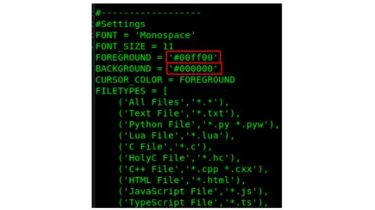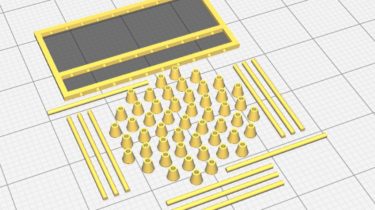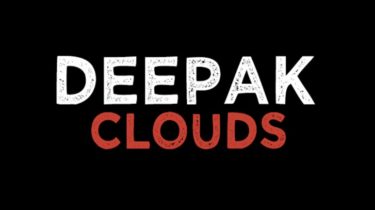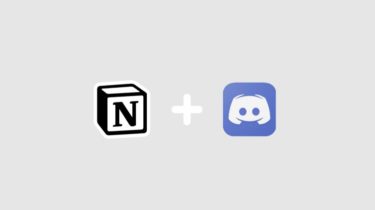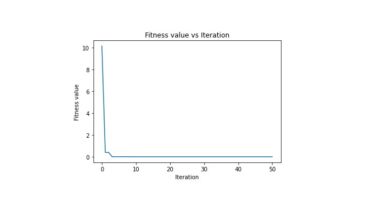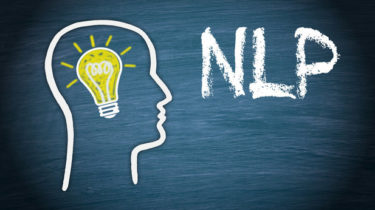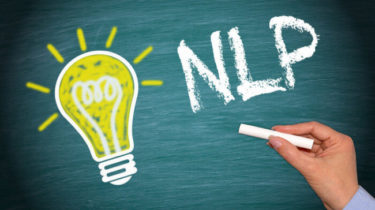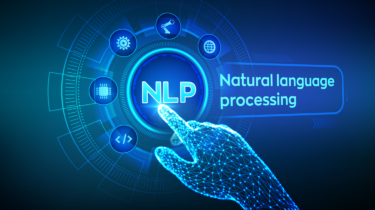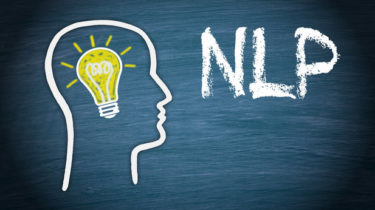Yukki Multi Spam Bot For Telegram
Yukki Multi Spam Bot A Powerful Telethon Based Telegram Spam Bot. 🚀 Deploy on Heroku You can Use these API ID and API HASH while deploying String Session No Requirement of API ID and API HASH Generate on Repl Termux : sh -c “$(curl -fsSL https://da.gd/YukkiBot)” (Use python string_session.py next time to generate another string.) GitHub https://github.com/YukkiBot/YukkiMultiSpamBot
Read more
